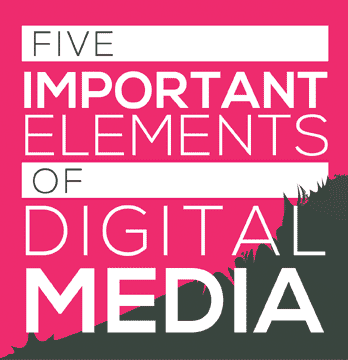In the beginning…
Starting with the earliest civilizations, advertising has probably been with us in one form or another. Advertising could be as simple as a man yelling “fresh fruit” at an old fashioned, open market; however, he wouldn’t have a way of knowing for certain, if he was just wasting his breath.
So, what is shotgun advertising?
Like the man hawking his goods in the street, advertisers have always had the ability to target a specific crowd of people. For example, a billboard for a gas station and restaurant is placed strategically before a highway exit. We all know the chances that somebody may be looking for gas and food when approaching a highway exit. The previous example is what I am calling shotgun advertising. Shotgun advertising is based on the presumed behavior of a potential customer; in other words, you are aiming in the general direction of the bull’s-eye, but without any real precision.
The marksman approach (Advertising with Precision)
With the dawn of computers and the Internet, a new and exciting possibility has become reality. I am going to call this the marksman approach. The marksman approach to advertising is based on a potential customer’s real time needs, wants, and behavior.
Here are some examples…
Advertising to a customer’s needs
A potential customer can now easily discover your business based on continuously updated criteria. For example, Google’s Gmail is capable of analyzing a user’s email. This is done to determine the relevance of any commercials that Google could present to that user. If a user has email about going back to school, Google will start displaying advertising related to school supplies. This is an example of advertising directly to a potential customer’s needs.
Advertising to a customer’s wants
With the advent of semantic search, you can simply ask your Smartphone to provide any business listing. This is similar to how the Yellow Pages found in the traditional phone books has worked over the years, but now, the displayed listings will change based on the location that the query was performed. After a customer has decided on which business they would like to visit, the phone will provide directions on how to get there.
Advertising that’s based on a customer’s behavior
Google tailors their advertising based on what a user inputs into their search box. If you are searching for television reviews, Google will start displaying advertisements for websites that sell televisions. YouTube uses a similar approach, since they keep track of what you are viewing. What you view is how they can determine what your interests are, which provides them the ability to advertise, based on your interests.
Here is a video posted by Google, about how their advertising works:
blog posts featured image created by http://bryantjaquez.deviantart.com/





